Book Review by Wallace Wyss –
Title: Shelby American Up Close and Behind the Scenes: The Venice Years 1962-1965 (2017)
Author: Dave Friedman
Hardcover: 240 pages
Publisher: Motorbooks
First edition: (September 12, 2017)
Language: English
ISBN-10: 0760351988
ISBN-13: 978-0760351987
Product Dimensions: 10.2 x 1.1 x 12.5 inches
Shipping Weight: 4.2 pounds
Official price: $50 USD
You wouldn’t think there is much in the way of photos left on Shelby and his Cobras that hasn’t already been published. In fact, Dave Friedman, who wrote this book, has already published several books before containing virtually the same pictures.
Still Shelby American Up Close and Behind the Scenes is interesting to a newcomer to the Shelby legend because it shows the early days of the company, before they moved to the Los Angeles airport hanger location. Before Ford moved heavily into the scene with their GT40s. (Pete Brock once told me the original Shelby employees thought of the Ford engineers with their slide rules as “the enemy.”)
In his introduction, Friedman points out that he was able to get pictures from those who collected them, but didn’t make them available until decades after the Venice operation closed.
One thing that bugs me about Friedman is that he doesn’t ever say if he shot the pictures taken in Europe. You assume he did but I have never seen a picture of him in Europe with the team. Jack Brady, a photographer who shot for Sports Car Graphic, shot in Europe in that era and offered me his photo collection in the early ‘70s for $3,000. I turned it down. I think a lot of these are Brady pictures plus a lot are from Ford archives. Ford had their own photographer and made thousands of pictures available in press releases. Friedman doesn’t go for photographer credits which I think is unfortunate.
Occasionally you know he shot a shot when he mentions he took it, and one of the best that he claims is the 390 Cobra leaf sprung roadster at Sebring. The car is dirty, bashed and didn’t look at all promising yet it was a big block Cobra prototype roadster. It shows you how rough the operation was before Ford came in big. You wonder when you see this picture how Ford could have had any faith in a company that made such a sad looking put-together race car.
The book gives a lot of space to the Shelby Mustangs and the first GT40s and even some to the Sunbeam Tiger, which Shelby built a prototype for. Now it is a little known fact that the Shelby Mustangs began to arrive at the Princeton Ave. location in Venice before the airport hanger was rented. So they are indeed part of the story, as are the GT40s, a program which Ford tried to do without Shelby in ’64, then fell flat on their face and had to go to Shelby hat in hand over the winter of ’64 to see if the ol’ cowpoke (failed chicken farmer) could scrape the egg off their face and make the car a winner.
One thing I miss in this book is any mention at all of what a unique community Venice is now and was then, a sort of combination of hippie artists, actors, surfers, political powder kegs, aerospace engineers, all set down in a former housing development that in its infancy had canals and gondolas (real gondolas from Venice). Most of the canals are filled in but there are just enough left to remind you of what a pipe dream this place was once, but hey, the car guys have to give the town credit: it spawned a car company that made the fastest cars in America, even if the Shelby era there was all too brief.
I like the layout of the book and even the exciting black and white cover picture. I have had my own battle with trying to keep inspired by black and white. I once loved it, then got flat bored by it, but now I can appreciate black and white if it’s printed right, and on the right stock, which this book is.
This is a perfect book, being horizontal, to schlep around a vintage event and get autographs of Shelby former employees and race drivers. It depresses me sometimes (as the author of three Shelby books myself) how fast the original employees and drivers are fading out.
Rather than say “another Shelby book we don’t need” I hope there’s another edition of this one adding what I think would make it better; showing Venice back in ’62, with a map of the town as it was then, and maybe some quotes from the local residents and what they thought of this Texan choosing their town to build cars in. By the way one thing he didn’t mention but was told to me by Shelby employees is that Marina Del Rey, a housing development with high rise apartments right on the water, was being built then right next to Venice and the roads were in, so Shelby’s crew used to use it as their own little test track when they could get away with it….
Let us know what you think in the Comments.
THE AUTHOR: Wallace Wyss is doing a series of oil portraits of classic cars on commission. He can be reached at Photojournalistpro2@gmail.com
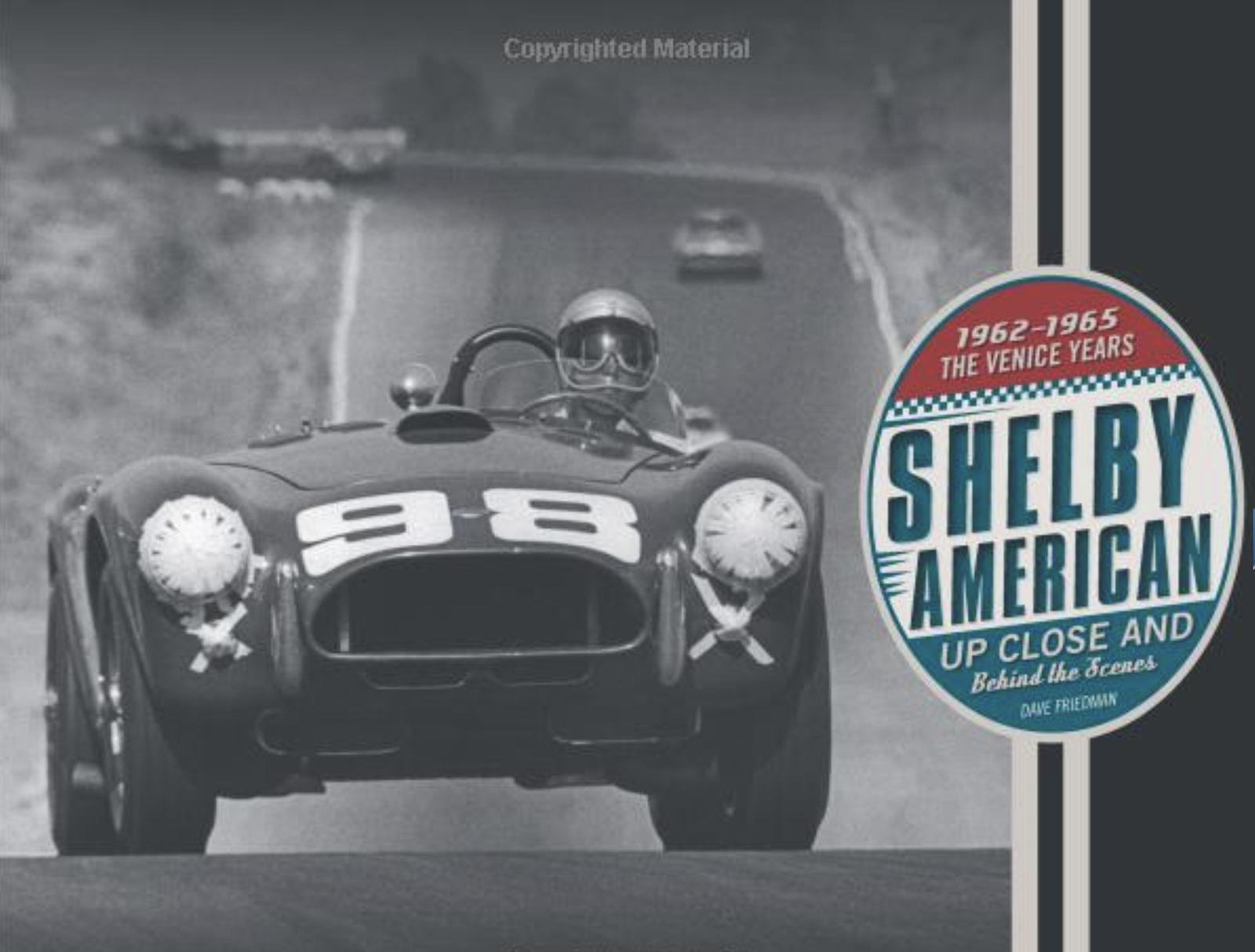
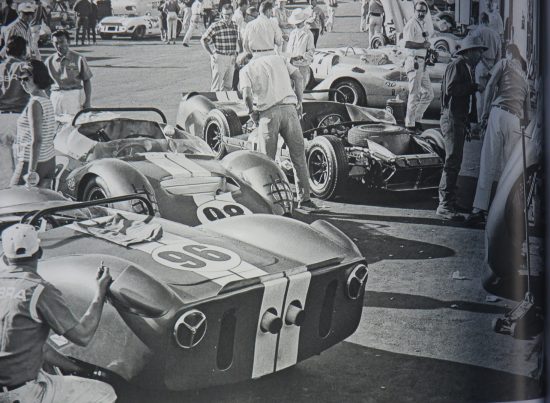
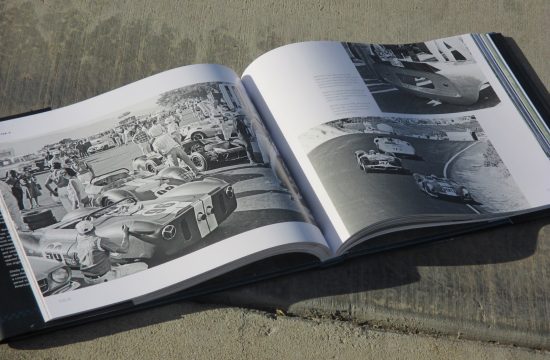
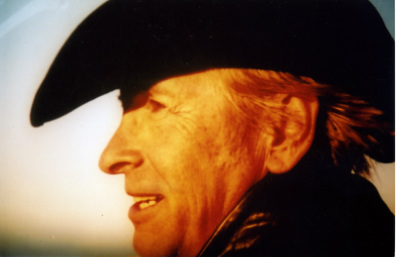
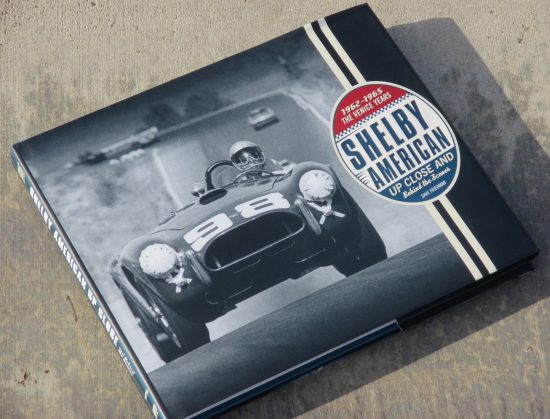
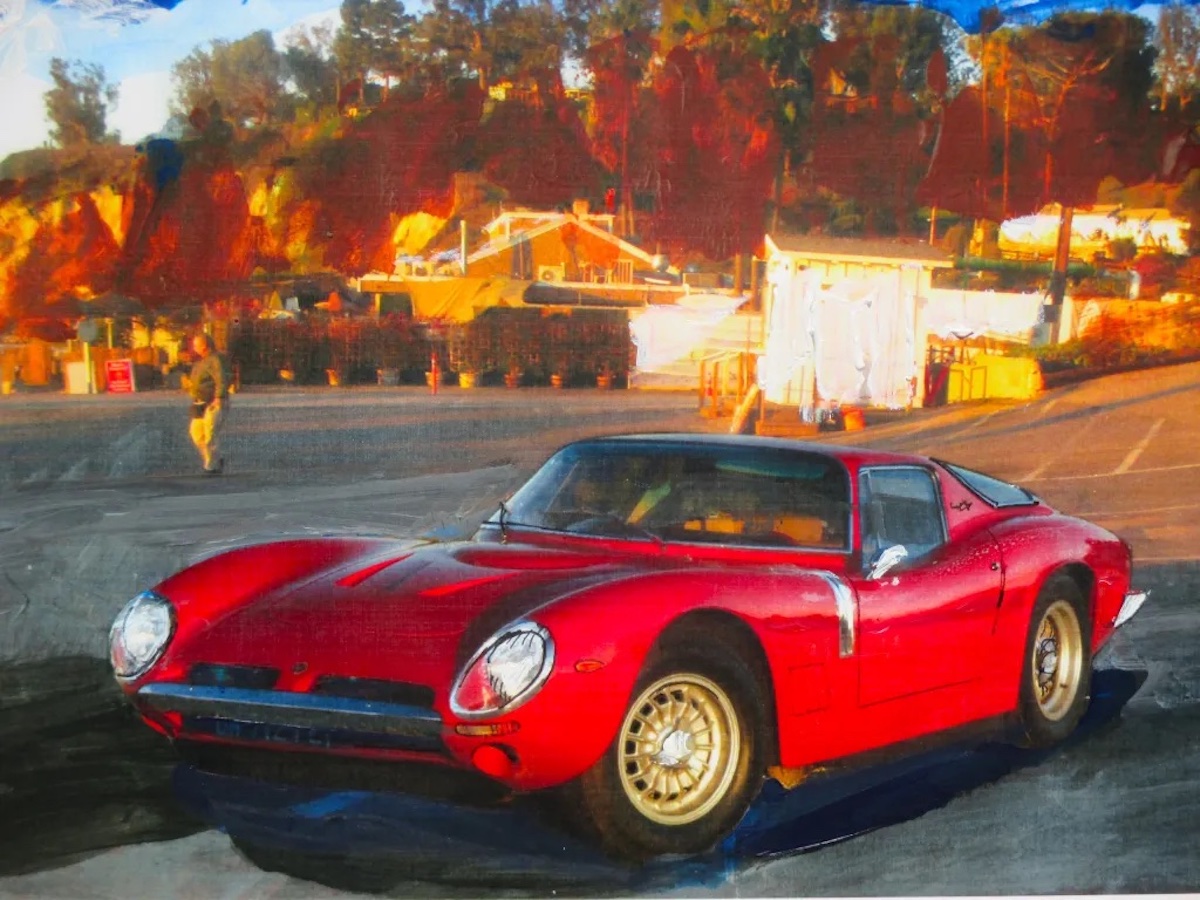

Mike, I saw Dave Friedman’s lecture on his Shelby American years ago at the Blackhawk Museum. It was very entertaining and interesting. Purchased his book subject of this review, which Dave signed at an event at the Cobra Experience Museum in Martinez. Fascinating guy with an incredible career at Shelby and in the movie industry as well.
His movie work has a book of his best work too, interesting that he started there when they still did glamor lighting but finished his work there when they went to a less studied style. I don’t remember many of his race driver shots that are portraits (a la Jesse Alexander style),maybe for Shelby it was the car that was the star!
I know Dave Friedman. I know his work. Had he not been there to shoot these glorious photo’s….there would be no book. It’s about Art. History, Photography Car Design. Ford Racing and of course, Carroll Shelby and the people that knew and loved him.
That’s more than enough. Well done , Dave Friedman.